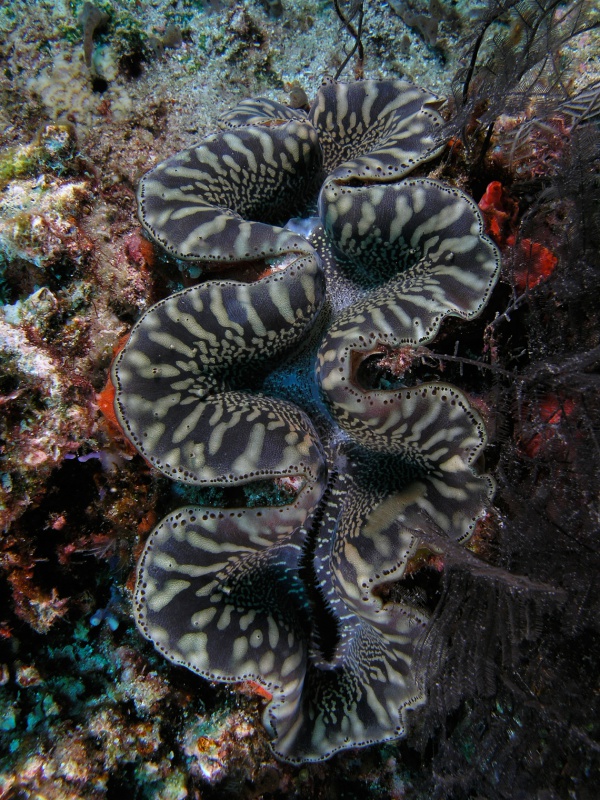Facts About Giant clam
Giant clams, belonging to the Tridacna genus, are the largest living bivalve mollusks. These remarkable creatures reside in the shallow coral reefs of the South Pacific and Indian Oceans. They can weigh more than 200 kilograms, measure up to 120 cm in length, and have lifespans exceeding 100 years.
A notable species, Tridacna gigas, commonly referred to as the "giant clam" is currently endangered. These clams maintain a fascinating symbiotic relationship with algae residing in their tissues, which provide nutrients through photosynthesis. Being hermaphroditic, giant clams reproduce by releasing both sperm and eggs into the water, where external fertilization occurs. The larvae then float in the ocean until they locate a suitable place to settle and grow into juveniles.
Regrettably, giant clams are under substantial threat from overharvesting for culinary purposes and the aquarium trade. They are considered a delicacy in many cultures, and their striking shells are often marketed as decorative items. To address this issue, aquaculture initiatives have been established to cultivate giant clams for conservation purposes.
Contrary to old myths suggesting they are dangerous, giant clams pose no threat to humans. Nonetheless, overexploitation has led to a decline in their wild populations, raising concerns among conservationists.
To address these concerns, various conservation programs are actively engaged in propagating and reintroducing endangered giant clams into their natural habitats. These initiatives include awareness campaigns and reef restoration projects, emphasizing the importance of preserving both the species and their coral reef environments. By promoting sustainable practices, conservationists aim to ensure the long-term survival of giant clams in the wild.

 Malaysia
Malaysia